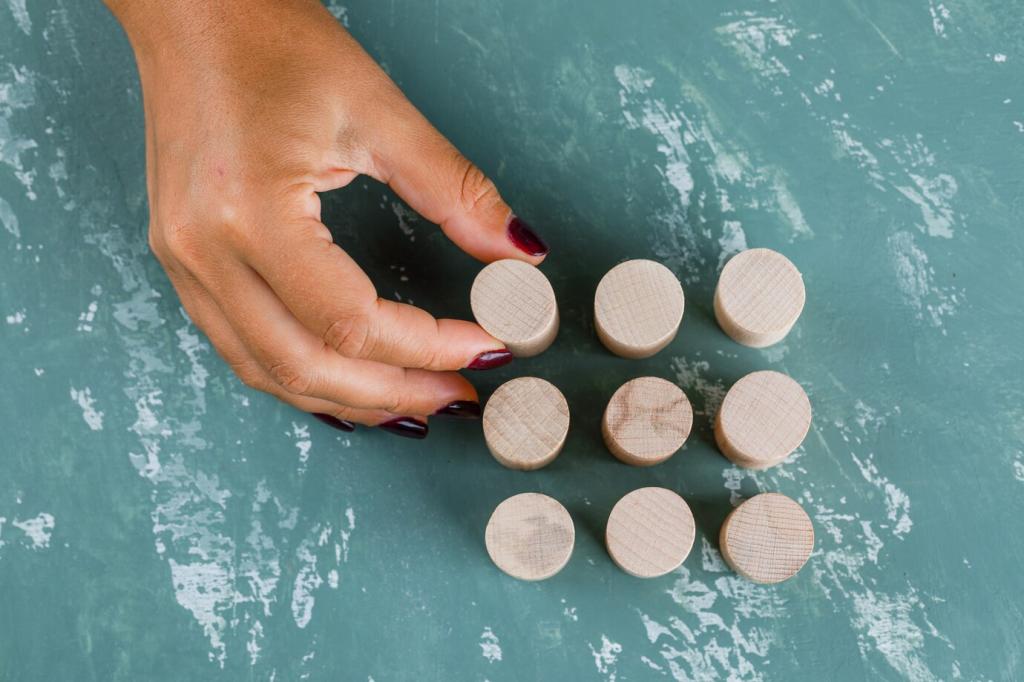Restoration vs. Conservation of Antique Furniture
Antique furniture holds irreplaceable value, carrying stories and craftsmanship across generations. When these cherished pieces show signs of age, owners face a crucial choice between restoration and conservation. Understanding these different approaches is key to respecting the character, history, and integrity of antique furniture. This guide explores the nuanced distinction between restoration and conservation, delves into their processes, and aids you in making an informed decision for your treasured heirlooms.
Understanding Restoration
Restoration focuses on aesthetics and usability, often prioritizing the return of furniture to its former glory. Practitioners use historical records, photographs, or traditional techniques to reconstruct missing parts and surfaces. In doing so, restoration may unintentionally erase or obscure marks of age, personal history, or subtle evidence of original craftsmanship. While restoration can add beauty and revive functionality, it demands careful consideration to avoid overworking or diminishing the piece’s authentic value.

Philosophy of Conservation
Conservation operates on the principle that every scratch, stain, or old repair carries meaning and value. Rather than erasing time’s effects, conservators document, stabilize, and gently clean furniture, limiting invasive procedures. The process is informed by a respect for the object’s journey, aiming to extend its lifespan while retaining as much original material as possible. This thoughtful balance preserves provenance and supports educational or museological preservation of antiques.
Techniques in Furniture Conservation
Conservators focus on careful cleaning, gentle stabilization of loose or damaged elements, and preventative care. They may apply reversible adhesives, consolidate weakened wood, or environmental controls to prevent further decline. Cleaning agents are chosen for their safety and reversibility, and any interventions are fully documented. The intention is to keep changes minimal, transparent, and scientifically sound, maintaining the evidence of age and previous use.
When Conservation Is Preferred
Conservation is the approach of choice for items with significant historical, cultural, or monetary value, or when provenance documentation is important. If an antique will be displayed rather than heavily used, conservation allows its story and originality to remain untouched. Museums, collectors, and scholars often opt for conservation to ensure that no part of the piece’s history is lost to overzealous restoration work.
Restoration can enhance market appeal for general buyers by improving appearance and functionality, yet may diminish the authenticity, especially in the eyes of collectors or curators who value untouched artifacts. Conservation, by maintaining visible signs of age and history, often preserves or enhances authentic value. The decision between restoration and conservation can thus directly influence not only the sentimental significance but also the financial and cultural worth of antique furniture.
Key Differences and Considerations
Join our mailing list
